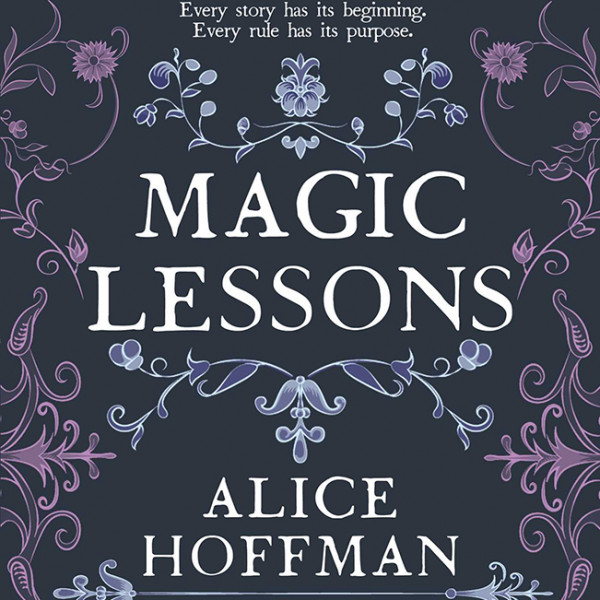
How would I describe Unsheltered? Not for the faint-hearted. Extremely tough subject matter. Of its time. Depressing and heart-breaking. With glimpses of joy and humanity. The author Clare Moleta says the book is Australian but not set in Australia. It’s about a mother’s (Li) relentless search for her missing young daughter Matti, after they end up at Makecamp (a refugee-type camp).
Li’s description of killing and eating a rabbit to survive made me feel ill. I guess that’s a good sign if an author makes you feel strong emotions? It put me off reading Unsheltered for a while but then I was hooked again. Would Li find Matti? Was the search worth it for Li? For me? I find these stories stressful, but you need an outcome, good or bad. The harrowing descriptions of what Li went through to find Matti were rough to read. And just when I thought it couldn’t get worse, it did right towards the end. This novel could be based on a real story which is the saddest bit about it. One of the camps is called Transit and Li’s saviour Rich says, “I know they call it Transit but have you noticed no one f***ing goes anywhere?”
I guess the genre is Sci Fi-esque as there were words and expressions I didn’t understand, like XB Force – I still have no idea what this means. “She was good at spotting spoor, too.” Spoor but not used in the usual context, again no idea. It’s a book you must pay attention to but some bits I really wanted to skip. On the other hand, descriptions I really enjoyed include: “Didn’t see the sky fatten like a bruise” and “The children in these stories emerged out of some collective dust and faded back into it again, untouched and untouchable”.
If you watch the news and can handle more reality in your life, then you’ll enjoy Unsheltered. It is a book about human perseverance above everything, and that is admirable.






















